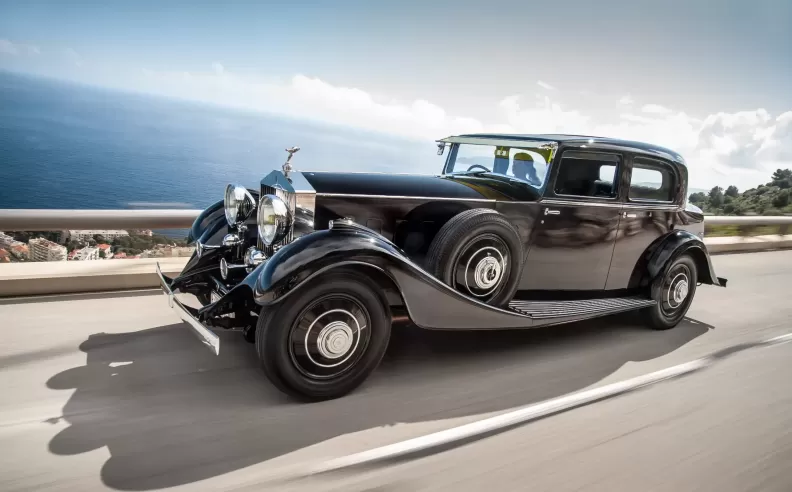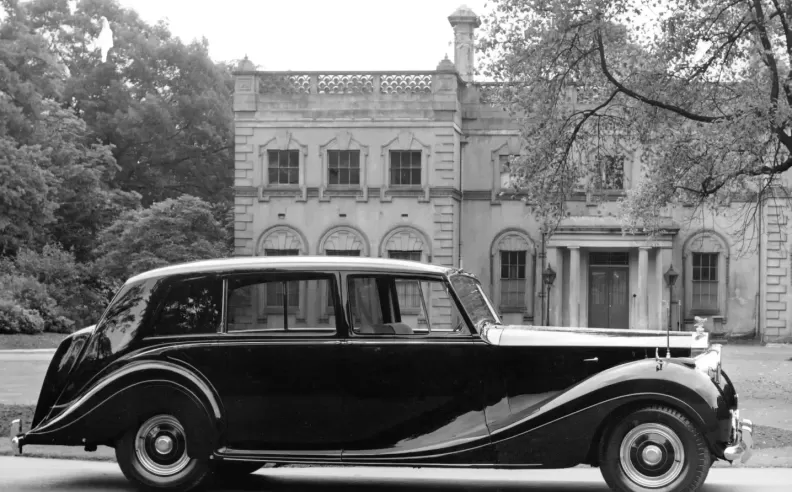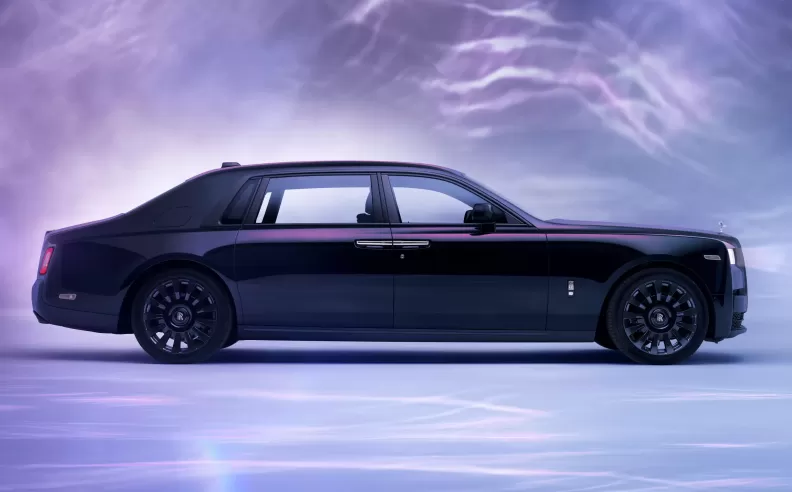
The Rolls-Royce Phantom has represented the peak of automotive prestige for over a century. Since its debut in 1925, the Phantom has stood as a symbol of craftsmanship, quiet power, and luxurious elegance. Across eight generations, the name Phantom has not just followed trends; it has shaped the very meaning of what a flagship luxury car should be. Now in 2025, Rolls-Royce marks this milestone with a tribute to every Phantom that has carried its legendary nameplate.

The name Phantom first appeared in 1925, following the success of the legendary Silver Ghost. Henry Royce realized the need for a new model that could carry the brand’s growing ambitions without sacrificing reliability. The New Phantom, introduced as a successor, would set the stage for nearly a century of elegant dominance. Its release marked a turning point where innovation met refinement in a whole new class of automotive design.
Built to evolve beyond the limits of the Silver Ghost, the New Phantom brought advanced engineering to the forefront. This foundational move defined Rolls-Royce’s legacy of constant improvement and refusal to compromise on quality or elegance, setting Phantom apart as more than just a name, but a standard in excellence.

As automotive design advanced through the 1930s, so did the Phantom’s role. The Phantom 2 introduced in 1929 was a refined evolution, yet its size was deemed excessive by Royce himself. This led to the experimental Phantom 2 Continental, built for high-speed touring across Europe. Performance began to share the spotlight with luxury.
Phantom 3 brought a significant milestone in 1936 with its debut of a V12 engine, responding to rising demand for more power. It was also a response to American luxury giants like Cadillac. Yet what reshaped the Phantom’s journey was royal intervention. A custom-built long wheelbase limousine in 1950 marked the Phantom 4 as a vehicle for royalty and heads of state. Just 18 were ever made, including the famous "Jubilee" Landaulet, sealing the Phantom’s association with global leadership and ceremonial elegance.

By 1959, Rolls Royce unveiled the Phantom 5, a grand limousine that redefined what official luxury transport meant. With bodies crafted by in house coachbuilders like Park Ward and collaborations with James Young and HJ Mulliner, this Phantom generation became the quiet symbol of state authority. It served royals and dignitaries across the globe, with models like the Canberra 1 and 2 built specifically for royal duties.
The Phantom 6 arrived in 1968 as an evolution of its predecessor. Though its 8 cylinder engine seemed modest next to American V12s, it focused on one goal: peerless comfort. It offered separate air conditioning systems for front and rear passengers and a ride quality that set the benchmark for decades. The final Phantom 6, delivered in 1993 to the Sultan of Brunei, marked the end of the body on frame era. For nearly four decades, Phantom 5 and 6 stood as the silent ambassadors of power and prestige.

When BMW took over the Rolls-Royce brand in the early 2000s, it chose to revive Phantom as the symbol of a new era. In 2003, Phantom 7 was born, handcrafted entirely at the Goodwood facility. It featured a rigid aluminum spaceframe, whisper-quiet V12 engine, and for the first time, complete production under one roof. Phantom 7 redefined bespoke luxury, becoming a blank canvas for the world's most discerning clients.
In 2017, Rolls-Royce took it even further with the Phantom 8. Built on the Architecture of Luxury platform, it introduced a new level of refinement. Its signature feature, The Gallery, allowed owners to display commissioned artwork behind glass across the dashboard. More than just a car, Phantom 8 became a moving art piece, embodying personal expression and limitless imagination.
The Phantom legacy is more than just a timeline of impressive models. It is a century of refusal to compromise. From Henry Royce’s original vision to today’s Bespoke masterpieces, every Phantom generation carries one mission: to provide the most comfortable and awe-inspiring experience on the road.
Even after eight generations, Phantom hasn’t chased trends or yielded to mass production shortcuts. It remains what it always was, a moving sanctuary of craftsmanship, innovation, and quiet power. As the world moves forward, Phantom continues to lead not by shouting, but by whispering excellence in every kilometer traveled.

Started my career in Automotive Journalism in 2015. Even though I'm a pharmacist, hanging around cars all the time has created a passion for the automotive industry since day 1.
